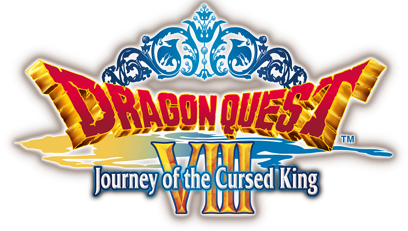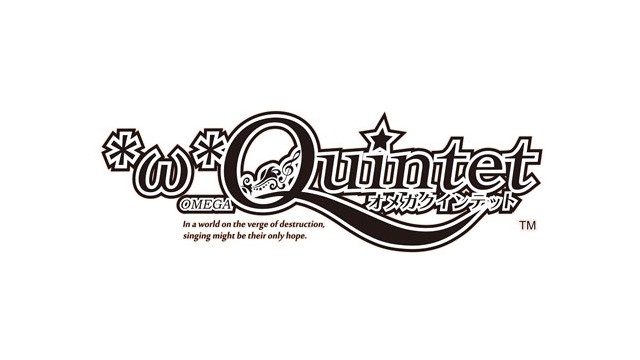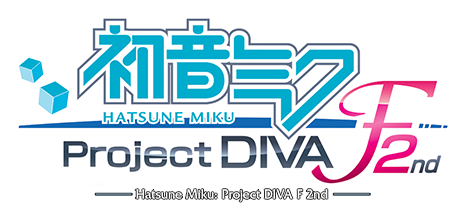- Genre:JRPG
- Platform:PS2
- Also Available On:Android, iOS, 3DS (Japan Only)
Progress
- Full Story Completion
- Roughly 75 hours
Dragon Quest 8 is really a classic of a very core RPG. It has a simple turn based battle system, but a good story, entertaining characters, and decent voice acting, all in a bright and large overworld. If someone was to point at a great example of what the core mechanics of any JRPG should start at, it would be this one. While it hasn’t necessarily aged that gracefully in the last 10 years, it’s still a fine example of the type of JRPG that was coming out at the tail end of the PS2 era, and any fans of the genre would benefit from playing this one.
What I Liked
The gameplay overall is simple, but pretty fun. The battle system is a standard turn-based affair. There’s some entertaining moves, particularly Jessica who has an entire over the top sex appeal category of moves to distract enemies. In addition, the characters can essentially save up turns to pump themselves up and do enhanced damage in subsequent moves.
Visually the game has also held up really well. It’s similar to Wind Waker in the sense that the cel-shaded style really helped simplify the visuals of the original, but have ended up holding up a lot better than “realistic” attempts of that era.
What I Didn’t Like
Unfortunately also a stand-in of older JRPGs, there were some grindy segments of the game, particularly in the late game. As I got to the last boss, I basically had to grind to a point where I had near-max gear, as well as three characters to revive. Once I got the three revive, the final boss was fairly trivial, but until that point I couldn’t keep up with healing to save my life. To some extent I expect it within the genre to have to grind, but this game felt a bit overboard.
What I Was Indifferent To
The largest side-quest thing I found was the monster arena, where special monsters you defeat in the world can battle out against each other. There’s some good prizes to be had, but I honestly couldn’t be bothered to run around finding the strongest monsters and run back to fight them out.
There is also an alchemy system for gear and item production. I used it a handful of times for gear, but without going to gamefaqs to come up with specific recipes it’s a lot of finding books in the world that give vague descriptions of recipes that may or may not be of any use. Helpful for end-game gear, but really only if you know specifically what you’re trying to make.


